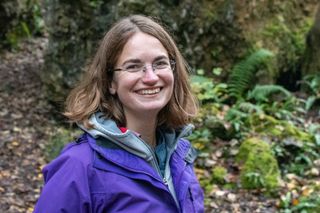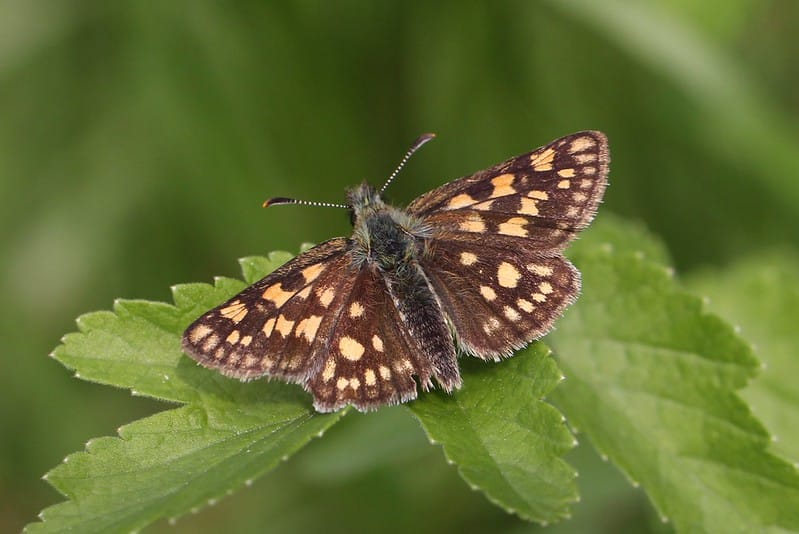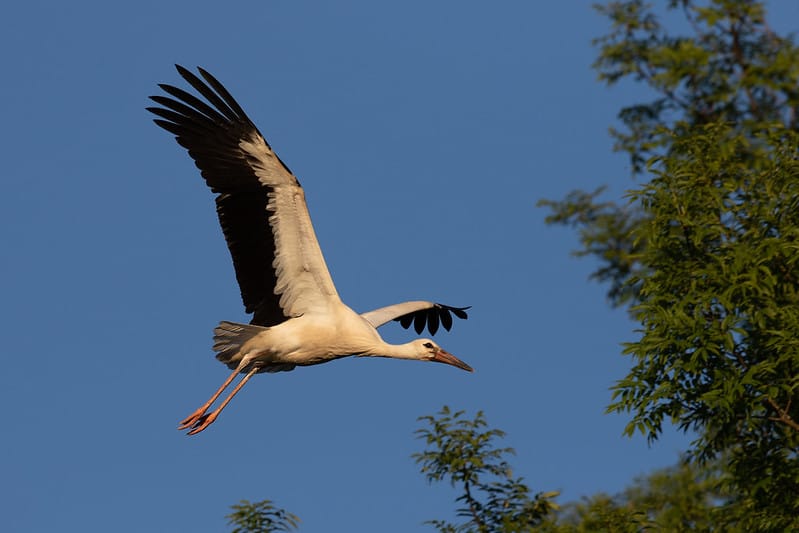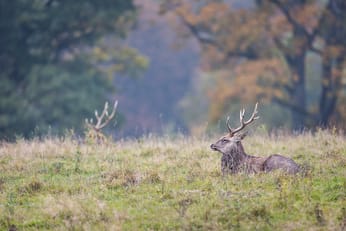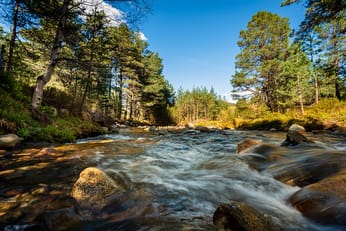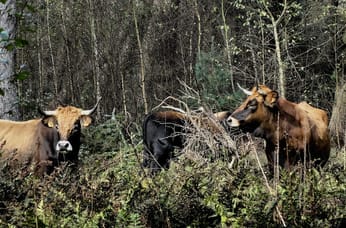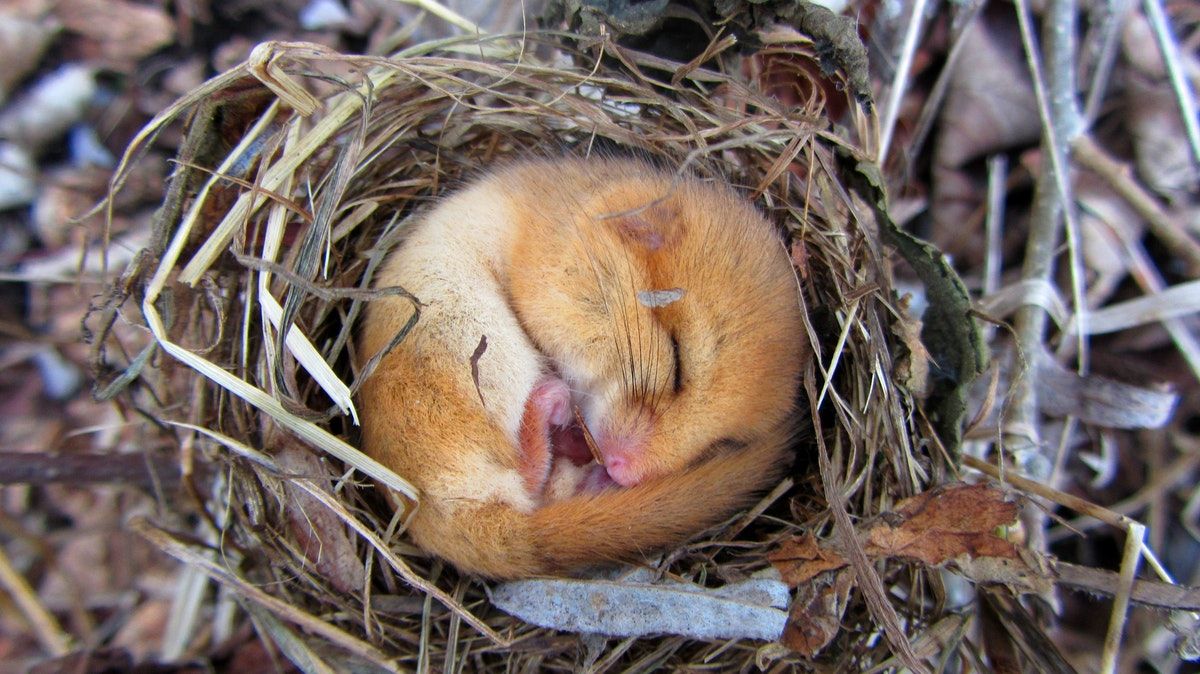
In Cumbria, a lost world returns
Conservationists plan to restore rare orchids, carnivorous plants, and maybe even corncrakes.
In South Cumbria, a lost world is returning.
Six months ago, conservationists began hatching plans to restore a menagerie of species, both plants and animals, to the lowland fells and coastal landscapes around the southern Lake District and Morecambe Bay.
The project is called Back On Our Map, and is being spearheaded by the University of Cumbria. The idea is to restore a vision of the natural world that exists, at present, only in the memories of the county’s oldest residents: where hazel dormice doze in the woods, corncrakes call in the fields, and green-winged orchids bloom in the meadows.
“Every generation is expecting a little less from the natural world: a little less diversity, a little less charisma,” says Volker Deecke, a professor of wildlife conservation at the University of Cumbria, who is involved in the project. “We would reverse that, and get people to expect a little more from the natural world.”
The project is funded for four years and, in that time, the team of conservationists hopes to successfully restore ten species: the hazel dormouse, green-winged orchid, aspen, Duke of Burgundy and small blue butterflies, maidenhair fern, goldilocks aster, the carnivorous greater and oblong sundew, and spiked speedwell. They are also looking into whether there is a chance of returning corncrakes and pine martens to the landscape.
It’s a diverse list of species, but they have one thing in common. They were once abundant and now they are scarce; and some have gone locally extinct. The reasons for their disappearance are varied, from fragmentation of their habitats to modern farming techniques. But years of work to restore these landscapes means that the county is ready to welcome them home.
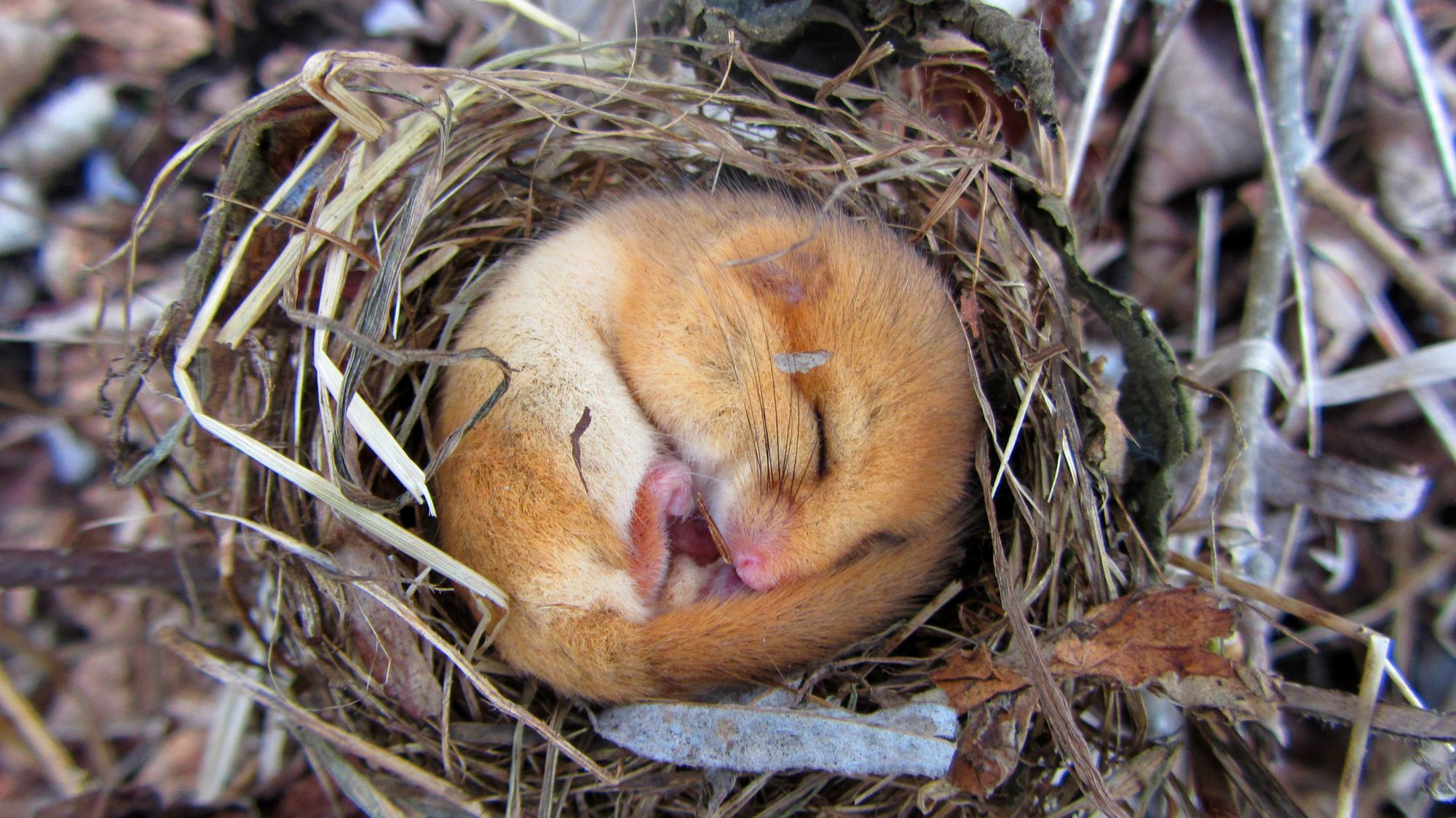
“It’s about putting the missing pieces of the jigsaw back in that couldn’t make it there by themselves,” says Deborah Brady, an ecologist who is leading on the dormouse reintroduction.
Memory lane
Another common feature of these plants and animals is that they were whittled down from a longlist of over 150 species that have declined throughout Cumbria in recent decades. The reasons for choosing them were practical – whether they could be brought back within a four-year timescale and then survive in Cumbria’s present and future climate – but also emotional and cultural.
Older generations were asked to recall the South Cumbrian landscape of their childhoods, including the familiar sights and sounds of the countryside and how this picture transformed over the years. These recollections were used to decide what to reintroduce, recognising that these ecological interventions are as much a social experiment as an ecological one.
The corncrake is one species being considered for reintroduction. The bird’s rasping call used to keep people awake at night, but populations fell rapidly as agriculture mechanised and chicks could no longer survive in the shorn fields. Conservationists are looking at how their absence has impacted the character of the county, with a view to perhaps, one day, reinstating them.
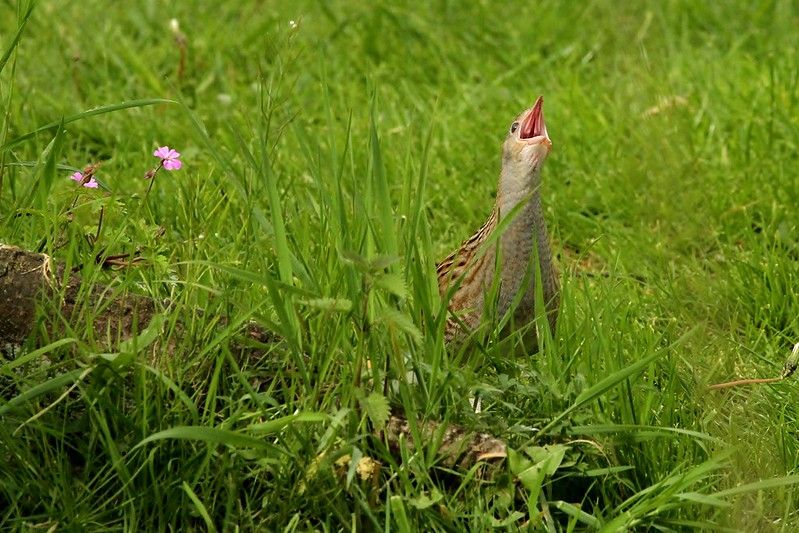
“These animals would have formed the culture of the landscape, just as much as the rolling fields and the hedgerows. The sounds these animals made, their nests and the sight of them migrating would have been embedded in the lives of the people who lived and worked in these areas. Their loss leaves a gap,” says Steven Lipscombe, who is leading the work on both corncrakes and green-winged orchids.
“There will be people alive who remember when these fields during the breeding season would have been alive with the corncrake calling for its mate, but there will also be kids alive now who have no idea what that sounds like. We’re at the juncture of that memory being lost forever.”
But the project goes beyond nostalgia for a distant past. By collecting these stories, and retelling them in creative ways, the Back On Our Map project plans to inspire younger generations to start restoring the natural world to the state of wonder and abundance that their grandparents knew.
Community spirit
Rewilding projects have a way of dividing people, particularly in rural areas. (The exact meaning of “rewilding” is vague; Brady insists this is simply a “reintroduction” project, while Deecke has no problem with the term.) For many farmers, the term provokes a fear of land abandonment and loss of income, particularly when the conversation turns to the reintroduction of large predators. The Back On Our Map project has focused on building bridges and restoring trust in conservation.
“It is a bit unfortunate that the term ‘rewilding’ has been co-opted a bit for big predator restoration, but obviously it’s a very diverse approach. Rewilding is not just big predators; it’s all the other components of the ecosystem as well.” says Deecke. “We’re not trying to make anyone do stuff they don’t want to do, but there’s certainly an appetite among farmers of all ages to do things differently. There’s no such thing as a ‘Cumbrian farmer’. Opinions are very different.”
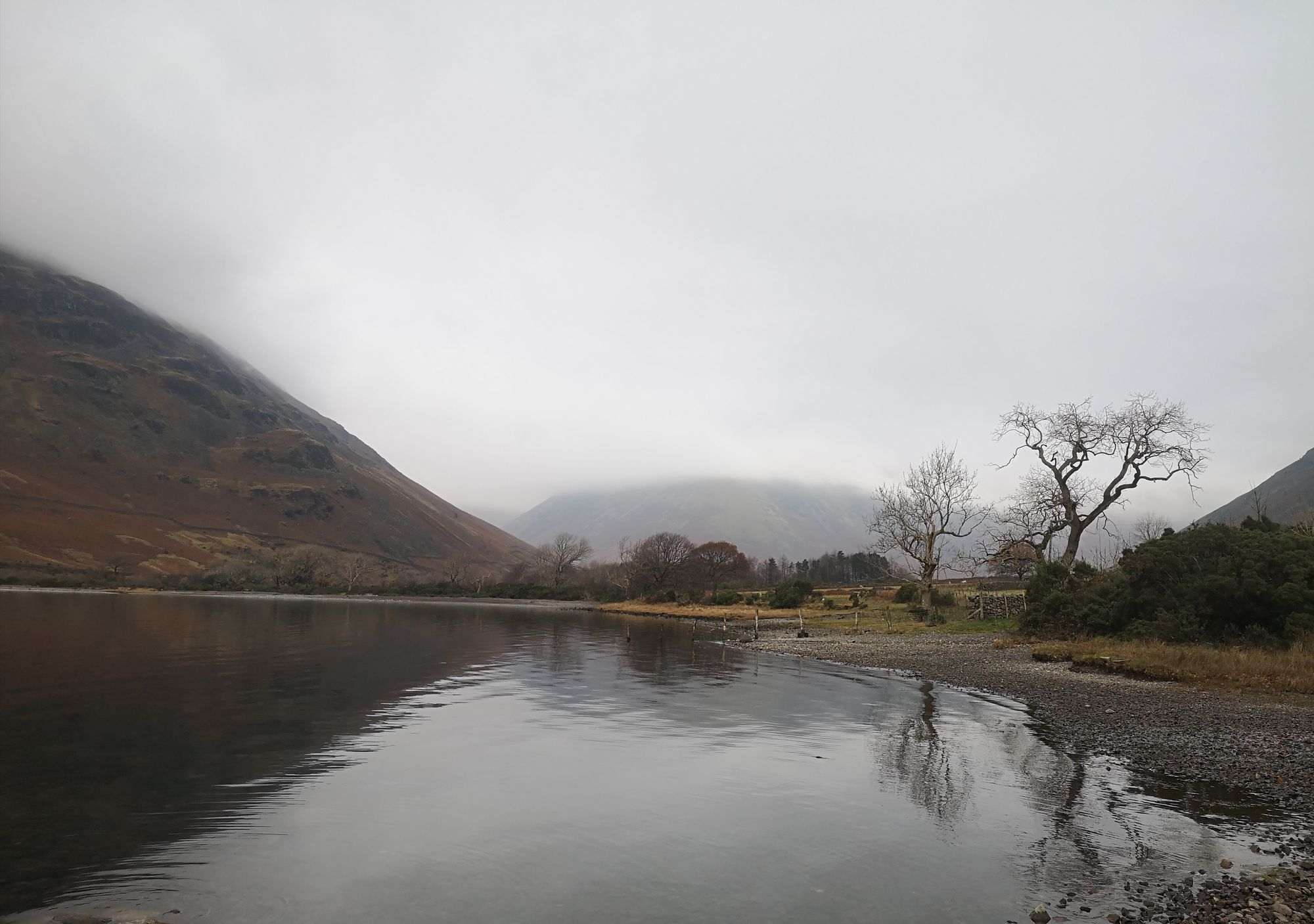
The project also focuses on creating opportunities for vulnerable people, such as prisoners, students with special education needs, and residents of deprived areas. While Cumbria is famous for the Lake District, which attracts millions of tourists per year, other parts of the county are heavily industrial and economically depressed. Species introductions is an unexpected way to revitalise such communities, explains Jo Sayers, the project manager for Back On Our Map.
“It’s about using nature for wellbeing, particularly in the built-up areas of South Cumbria. You’re very close to an absolutely beautiful landscape, and yet it’s not being used,” she says. “What are the barriers there? Can we start to break some of those barriers down, and engage people by using the species?”
For instance, the team has worked with men incarcerated at HMP Haverigg, an open prison, to collect aspen roots and cultivate them into trees. The species, a favourite snack for sheep in the wild, can grow safely within the prison site. The process can also be used for therapy and rehabilitation. “To go back out into the outside world is a hard change to make,” adds Sayers. “We’re using growing to give them coping mechanisms.”
The bigger picture
The Back On Our Map project seeks to restore at least ten species to the landscape, and that is unusual: most reintroduction projects focus on a single creature, such as storks or lynx.
“In that portfolio of species, there’s something for everyone. Some people are really excited about carnivorous plants, other people are really excited about corncrakes,” says Deecke. “I think that diverse approach, where you can get different people engaged with different species, is probably more effective than throwing a single species at people and saying, ‘This is coming back, whether you like it or not.’”
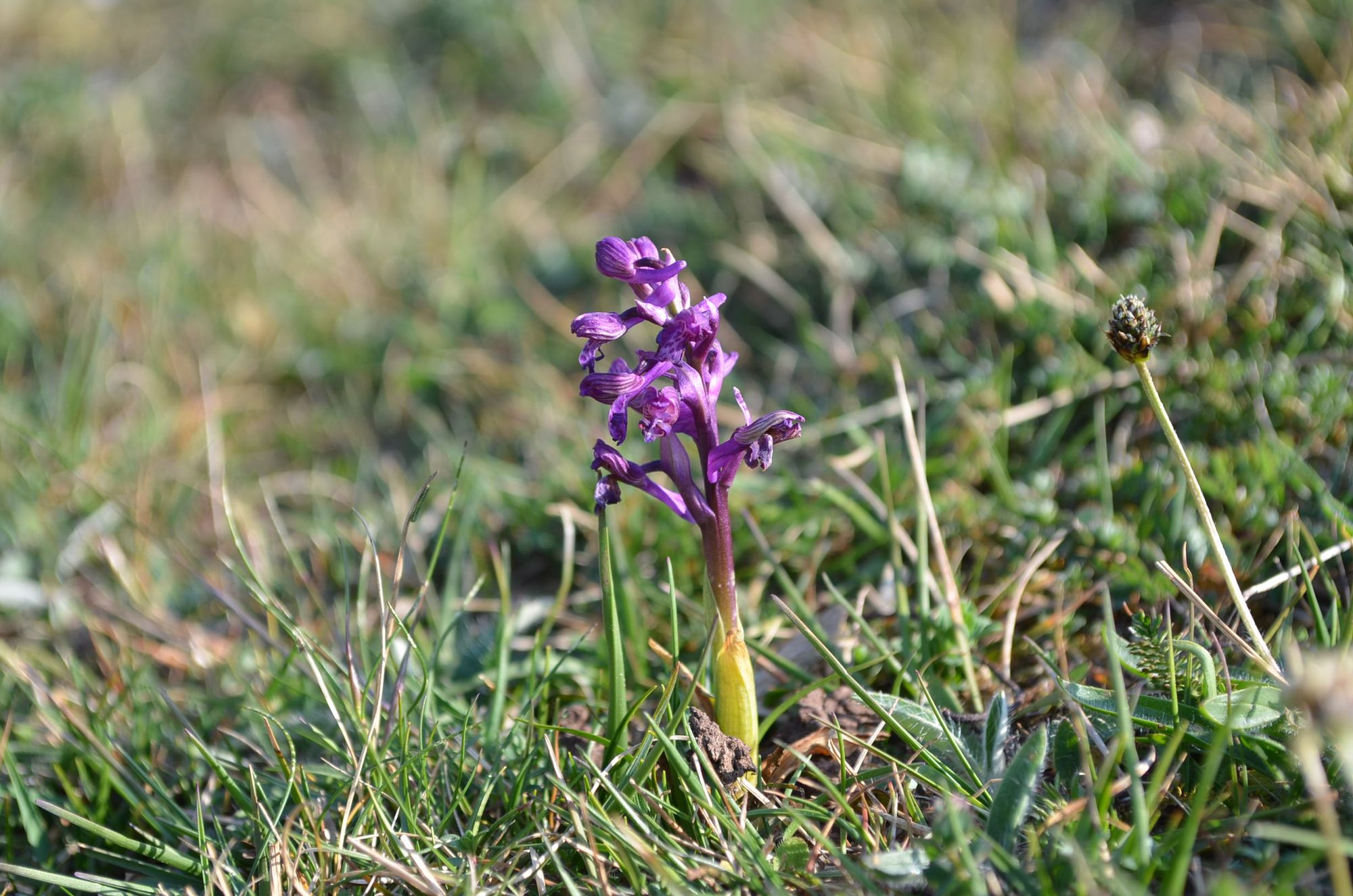
The variety also offers a range of ecological challenges. Some of these reintroductions, for instance, will be scientifically complex. Scientists from Kew Gardens have been recruited to figure out how to propagate green-winged orchid seedlings in a laboratory by finding the specific mycorrhizae within the soil that will allow the flower to thrive. Others are simpler, ecologically speaking, but require confronting the more fraught issues within conservation. The corncrake, for example, is acting as an icebreaker between farmers and conservationists.
“Conservation is something anyone can do and that farmers are already doing – and, if they’re not, it might just be that they haven’t had that conversation yet,” says Lipscombe. “It’s about trying to build trust and finding a forum where you can have a conversation without it being pre-determined as a conflict. We’re using the corncrake to start the conversation.”
It’s a conversation that needs to happen urgently. Reintroductions spark wonder and delight, but they are also tinged with sadness. For each creature brought back from the brink, another threatens to become just a memory.
Image credits: Zoë Helene Kindermann, Jo Garbutt, Sophie Yeo, Tom Crawford
Subscribe to our newsletter
Members receive our premium weekly digest of nature news from across Britain.
Comments
Sign in or become a Inkcap Journal member to join the conversation.
Just enter your email below to get a log in link.

